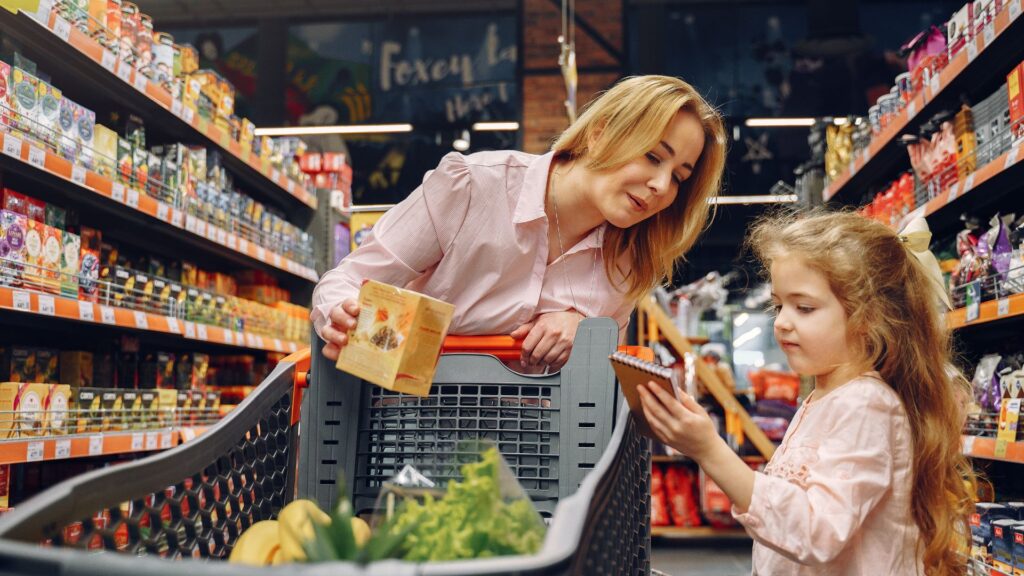The field of toxicology has advanced significantly in recent years, reshaping the way risk assessments are conducted and broadening the range of products subject to scrutiny. Traditionally, regulatory bodies concentrated on pharmaceuticals, medical devices, cosmetics, food products, pesticides, and personal care items. However, a growing focus has emerged on evaluating the safety standards of childcare products, such as toys, furniture, sleep accessories, and other items essential to a child’s daily environment.
This increased emphasis is driven by the need to safeguard children’s health and well-being. As the most vulnerable demographic, children are particularly susceptible to harmful substances. Their physical and cognitive development is ongoing, and their behaviors—such as hand-to-mouth actions—exacerbate their exposure to chemicals from household surfaces, dust, and even soil. Protecting them from potential risks is a regulatory priority and a moral imperative.

Regulatory Standpoint
In response to growing awareness and scientific evidence, regulatory authorities worldwide are expanding their frameworks to include childcare products under stricter scrutiny.
The Role of the European Chemicals Agency (ECHA)
The European Chemicals Agency (ECHA) has taken a leading role in addressing risks posed by chemicals in consumer products, including those designed for children. Recent investigations by ECHA have identified the presence of toxic substances in various childcare items, such as toys, pacifiers, and furniture.
These investigations are part of a more significant effort to support the European Commission in implementing restrictions under the REACH Regulation. The goal is to limit exposure to carcinogenic, mutagenic, or toxic substances to reproduction (CMR) under the CLP Regulation in categories 1A and 1B.
The investigation focused on several objectives:
- Identifying potentially harmful chemicals in childcare products.
- Evaluating the associated health risks.
- Understanding the sources of these substances in consumer goods.
- Proposing regulatory measures to reduce exposure and enhance safety.
The findings revealed the presence of several hazardous substances, including:
- Phthalates: Found in plastic toys, pacifiers, and personal care items.
- Flame Retardants: Detected in sleep aids, car seats, and high chairs.
- Formaldehyde: Present in adhesives and some clothing items.
- Heavy Metals (Lead and Cadmium): Identified in painted toys and accessories.
These chemicals are linked to health concerns such as developmental delays, respiratory issues, and allergic reactions. Prolonged exposure poses cognitive and physical development risks, emphasizing the importance of regulatory interventions.
Global Regulatory Efforts
Regulatory bodies worldwide have also recognized the importance of expanding risk assessments to encompass childcare products:
- United States (CPSC): The U.S. Consumer Product Safety Commission enforces rigorous standards to minimize risks from children’s products, including toys and accessories.
- Health Canada: Conducts comprehensive risk assessments and implements regulations to ensure consumer safety, particularly in childcare items.
- Australian Competition and Consumer Commission (ACCC): Mandates compliance with safety standards for labeling, testing, and quality assurance in products designed for children.
Insights from ECHA’s Investigation
ECHA’s investigation outlines a framework that includes vital regulatory elements:
- Scope: A complete ban on substances classified as CMR 1A or 1B in homogeneous materials of childcare products.
- Inclusion: Childcare items are defined broadly, encompassing products used for seating, sleeping, feeding, bathing, and protection.
- Derogations: Exemptions apply to second-hand items, inaccessible substances (e.g., lithium in batteries), and products already regulated under other frameworks like the Medical Device Regulation.
- Concentration Limits and Transition Periods: Trace amounts of restricted substances should be allowed when technically unavoidable, and implementation should be phased.
A notable omission in the framework is Per- and Polyfluoroalkyl Substances (PFAS), which are subject to separate global restrictions.
The PFAS Challenge in Childcare Products
PFAS are synthetic chemicals known for their durability and resistance to water, grease, and stains. These properties make them widely used in water-resistant clothing, blankets, carpets, upholstery, and food packaging. However, their persistence in the environment and the human body has raised significant concerns.
Children may be exposed to PFAS through indirect sources like water-resistant fabrics and food packaging. The health impacts, especially during early childhood and prenatal development, include potential developmental delays and long-term health issues.
Regulatory agencies, including the U.S. Environmental Protection Agency (EPA) and ECHA, are actively working to reduce PFAS usage through restrictions, phase-outs, and enhanced monitoring.
How Evalueserve IP and R&D Can Help
As regulations evolve, manufacturers face increasing challenges in ensuring compliance while maintaining product safety and quality. Evalueserve offers tailored solutions to address these needs:
- Compliance Management: We help manufacturers stay informed about regulatory changes and implement necessary adjustments to processes and product formulations. Our tailored solutions include specific services or tools.
- Risk Assessment: Our experts identify potentially harmful substances in childcare products and recommend safer alternatives.
- Documentation and Reporting: We support clients in compiling comprehensive safety documentation for regulatory submissions.
- Continuous Monitoring: We provide ongoing updates on regulatory developments to ensure long-term compliance.
Evalueserve’s expertise enables manufacturers to navigate regulatory landscape complexities, ensuring compliance and consumer trust.
Conclusion
The shift toward comprehensive risk assessment in childcare products underscores a growing commitment by regulatory authorities to safeguard public health. Investigations like ECHA’s highlight the importance of proactive measures to reduce risks and ensure product safety, emphasizing the urgency and importance of our work.
By partnering with Evalueserve, manufacturers can confidently navigate evolving regulations, create safer products, and contribute to a healthier future for children. This potential for a healthier future should inspire optimism and a sense of purpose in our collective efforts.
Talk to One of Our Experts
Get in touch today to find out about how Evalueserve can help you improve your processes, making you better, faster and more efficient.


